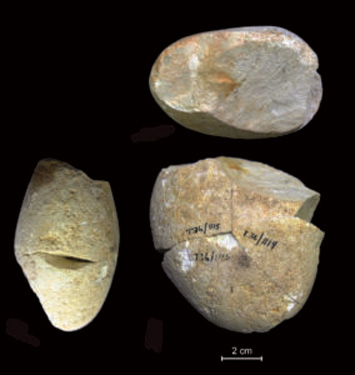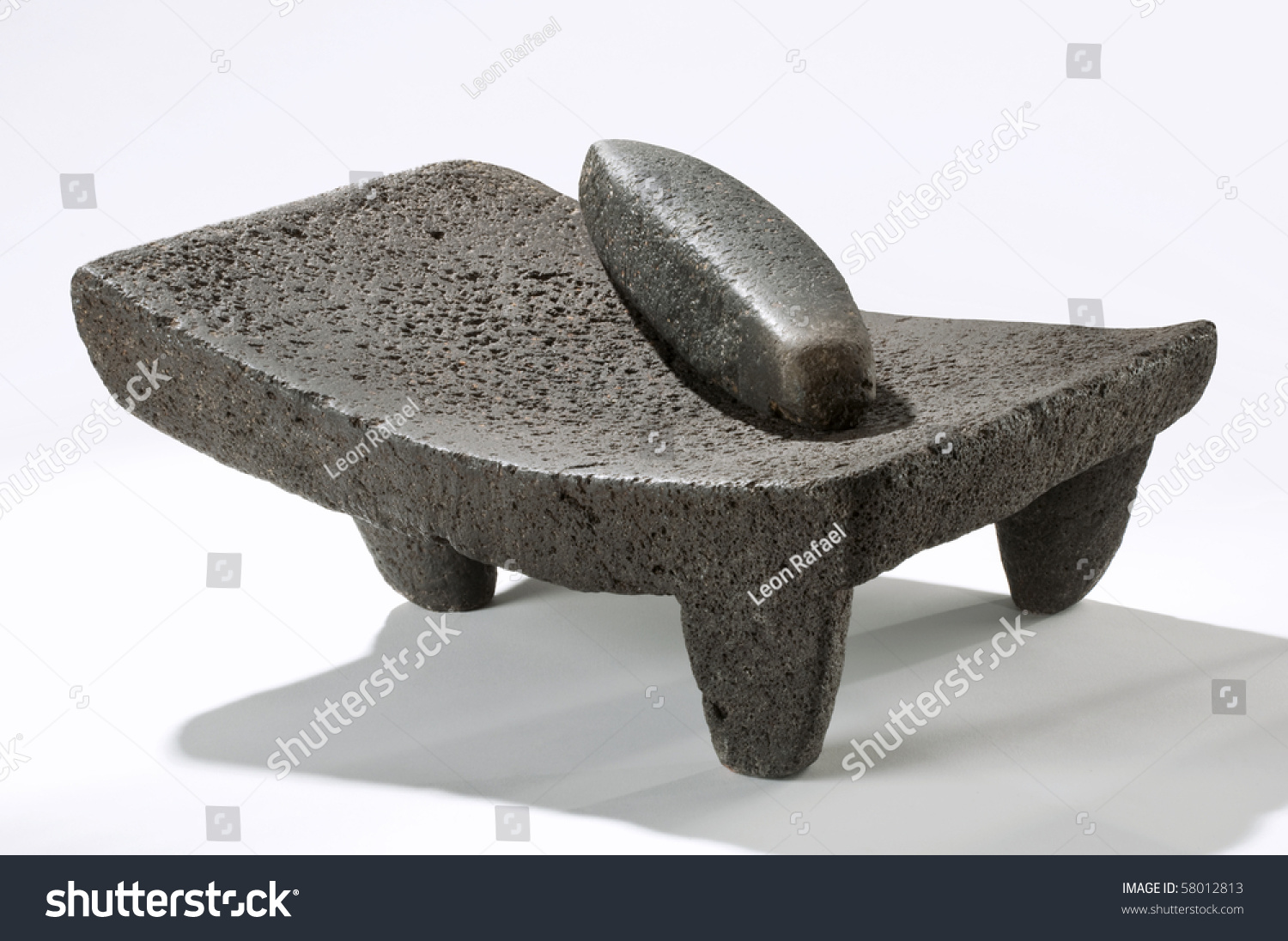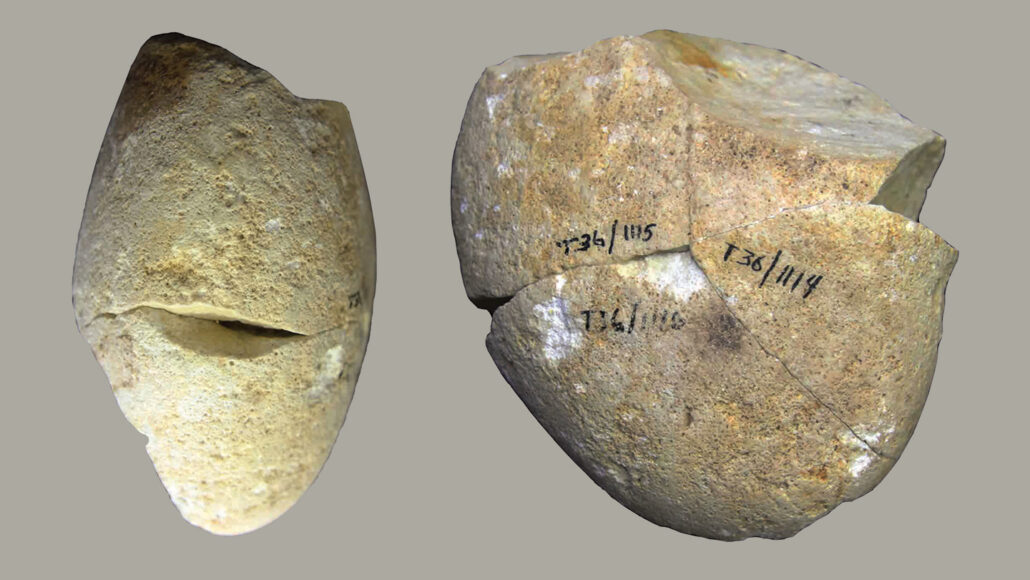Angela
Elite member
- Messages
- 21,823
- Reaction score
- 12,329
- Points
- 113
- Ethnic group
- Italian
See:
https://www.archaeology.org/news/9396-210126-israel-rubbing-tool
"
 [COLOR=#000000 !important](Dr. Iris Groman-Yaroslavski)
[COLOR=#000000 !important](Dr. Iris Groman-Yaroslavski)
[/COLOR]
HAIFA, ISRAEL—According to a Science News report, Ron Shimelmitz of the University of Haifa suggests that an artifact unearthed in Israel’s Tabun Cave in the 1960s is a 350,000-year-old tool for grinding and rubbing hides or plants. Shimelmitz and his colleagues found microscopic signs of wear and polish on the stone tool and compared them to marks they made on nine similar stones collected near the cave site, which is located in the coastal mountains of northern Israel. The team members rubbed the recently collected stones on hard basalt rock, wood of medium hardness, and deer hide. They found that rubbing stones on deer hide produced the wavy surface and clusters of shallow grooves found on the ancient tool. It had been previously thought that such wide, flat stones were first used as rubbing and grinding tools some 200,000 years ago.
https://www.archaeology.org/news/9396-210126-israel-rubbing-tool
"

[/COLOR]
HAIFA, ISRAEL—According to a Science News report, Ron Shimelmitz of the University of Haifa suggests that an artifact unearthed in Israel’s Tabun Cave in the 1960s is a 350,000-year-old tool for grinding and rubbing hides or plants. Shimelmitz and his colleagues found microscopic signs of wear and polish on the stone tool and compared them to marks they made on nine similar stones collected near the cave site, which is located in the coastal mountains of northern Israel. The team members rubbed the recently collected stones on hard basalt rock, wood of medium hardness, and deer hide. They found that rubbing stones on deer hide produced the wavy surface and clusters of shallow grooves found on the ancient tool. It had been previously thought that such wide, flat stones were first used as rubbing and grinding tools some 200,000 years ago.





